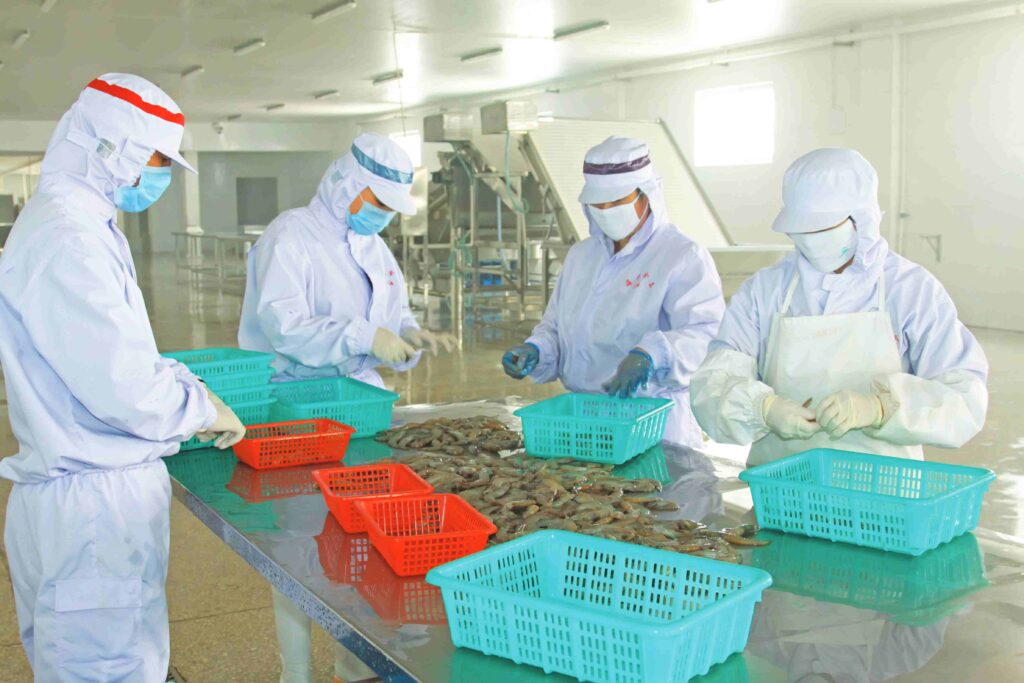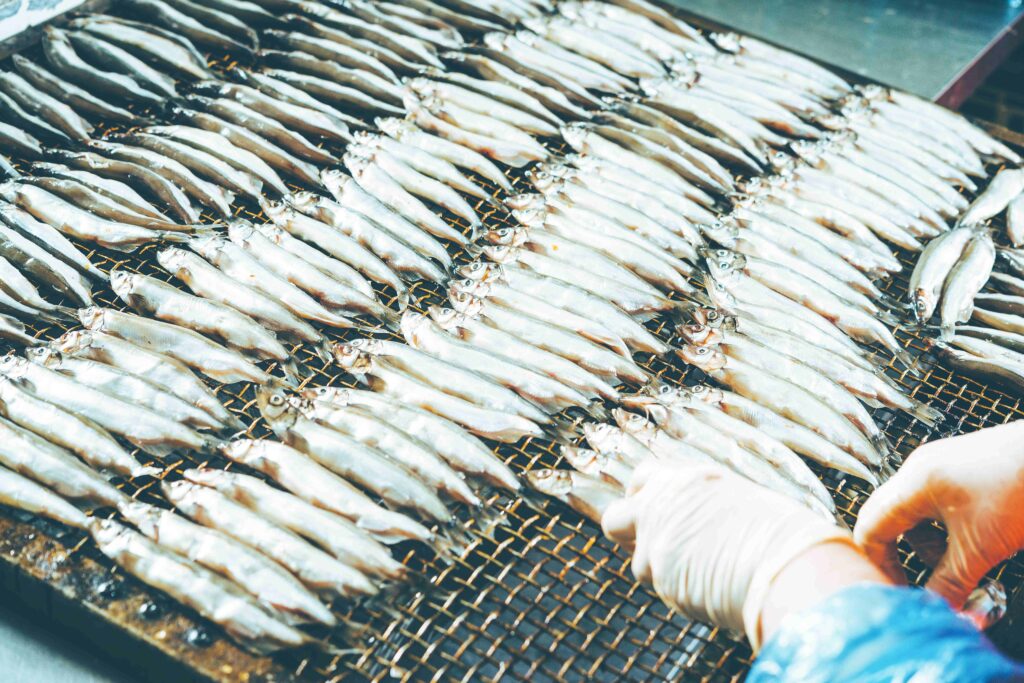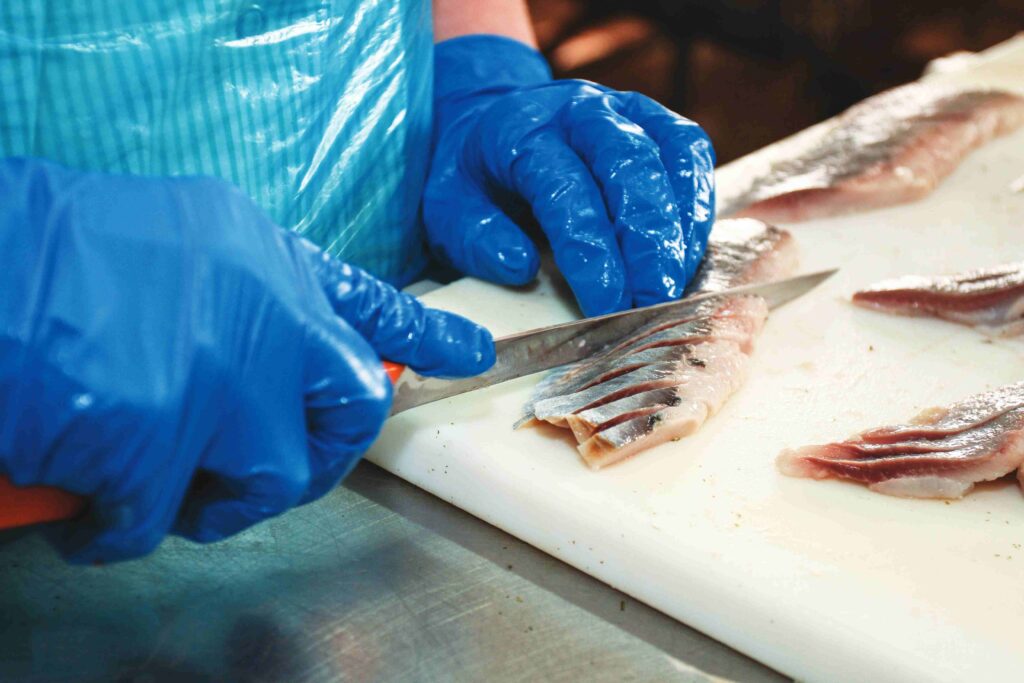
The food processing industry navigates through multiple hygiene practices for operational efficiency. Seafood processing especially faces rapid bacterial growth, stringent cold storage requirements and heightened contamination risks. Maintaining the highest standards in hygiene and safety are therefore not just best practices but a business imperative. Christopher Blessing, Managing Director, CAERE India breaks down the critical factors for Clean India Journal
Defining quality procedures is the cornerstone of effective seafood processing which extends beyond mere cleaning procedures. This includes established cleaning with stringent protocols that address every facet of the operations. It also involves strategic chemical selection that are effective against microbial growth and also safe for use in food processing environments. Thus, it requires robust monitoring systems to ensure adherence to protocols with no room for deviation, and regular testing of air & water quality. Maintaining thorough documentation to verify compliance are other quality procedures that could be defined.

“The challenge is, monitoring in the seafood processing industry is not so easy. On a day to day basis, when people are joining today and leaving tomorrow, we have to go through the difficulty of hiring people, training them and getting everybody constantly aligned.”
Christopher Blessing
“In fact, this could be due to the lack of the right monitoring mechanisms,” points Christopher. To mitigate this, he suggests that facilities must
• Implement highly rigorous, time-sensitive monitoring protocols
• Invest in continuous training and retraining of personnel
• Closely monitor vendor relationships and external factors that can impact quality
Addressing Contamination
To address contamination arising out of water, air and human contact, facilities must implement stringent PPE protocols, regular employee health checks & inoculation against infections, proper air quality management and water treatment.

CASE STUDY
An incident occurred within a seafood processing facility highlighting the critical importance of rigorous adherence to hygiene and safety protocols. The scenario involved a cluster of employees residing in shared accommodations outside the facility. Despite being long-term, dependable workers, a localized infection spread among them.
The facility management team, unfortunately, operated under a sense of complacency, failing to consistently enforce established health and safety guidelines. Routine temperature checks and other critical monitoring procedures were inadequately performed, and employee briefings on personal hygiene and reporting of health issues were lax.
Crucially, the employees, while required to wear gloves, occasionally deviated from protocol, removing them for short periods. This seemingly minor infraction, coupled with the undetected infection, led to contamination of a high-value batch of finished product which was detected during final inspection by a third-party auditor.
The root cause analysis revealed a series of operational lapses, with a lack of attention to minor details being the primary contributor. The financial impact was substantial, necessitating a complete product recall and causing significant brand reputation damage.

Takeaways for Seafood Processing Businesses
Besides the practices elaborated for food processing, Christopher suggests the following for the seafood industry
Strict Protocol Enforcement: Consistent and unwavering enforcement of PPE and hygiene protocols, regardless of employee tenure or perceived reliability, is non-negotiable
Comprehensive Risk Management: Recognising minor deviations and implementing comprehensive risk management strategies is vital
Operational Resilience: Investing in measures that enhance operational resilience, such as improved employee accommodations and regular health checks, to mitigate the impact of unforeseen events.
This study showcases the necessity of a strategic approach to food safety, where every operational detail is considered critical and a culture of vigilance is encouraged at all levels of the organization.
The cost of prevention is significantly less than the cost of a recall, and the damage to a brand.
Navigating Regulatory Compliance
Adhering to FSSAI and international food safety regulations can be challenging, particularly in maintaining documentation. To ensure compliance, facilities should maintain meticulous records and documentation, prioritize quality over cost-cutting measures, foster an organizational culture that values compliance.
Automation & Technology
In today’s fast-paced environment, automation and digitisation are essential for maintaining efficiency and quality. Facilities should implement digital tracking systems for inventory and chemical consumption; utilize AI-powered monitoring tools to detect anomalies and generate real-time reports; and invest in technology that enhances traceability and accountability.

Takeaways for Seafood Facility Managers
By integrating these best practices, learning from real world examples and leveraging technology, seafood processing plants can enhance efficiency, protect brand reputation, and ensure consumer trust. “It is vital to remember that in this industry, no detail is insignificant and a commitment to excellence at every level is the only way to guarantee success.”
 CIJConnect Bot-enabled WhatsApp
CIJConnect Bot-enabled WhatsApp









